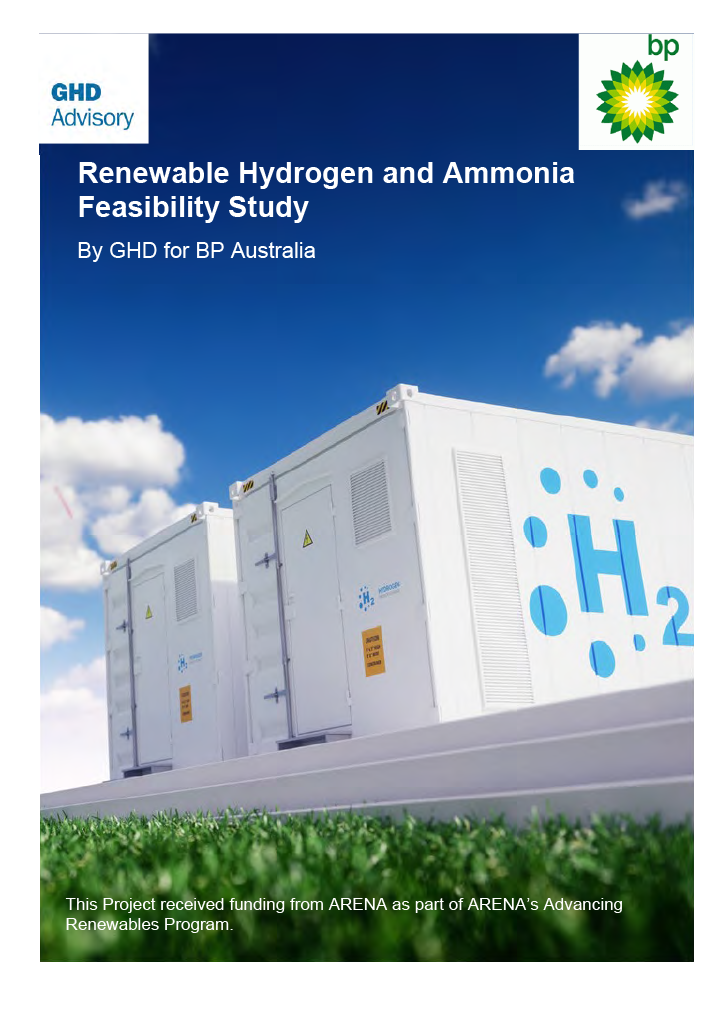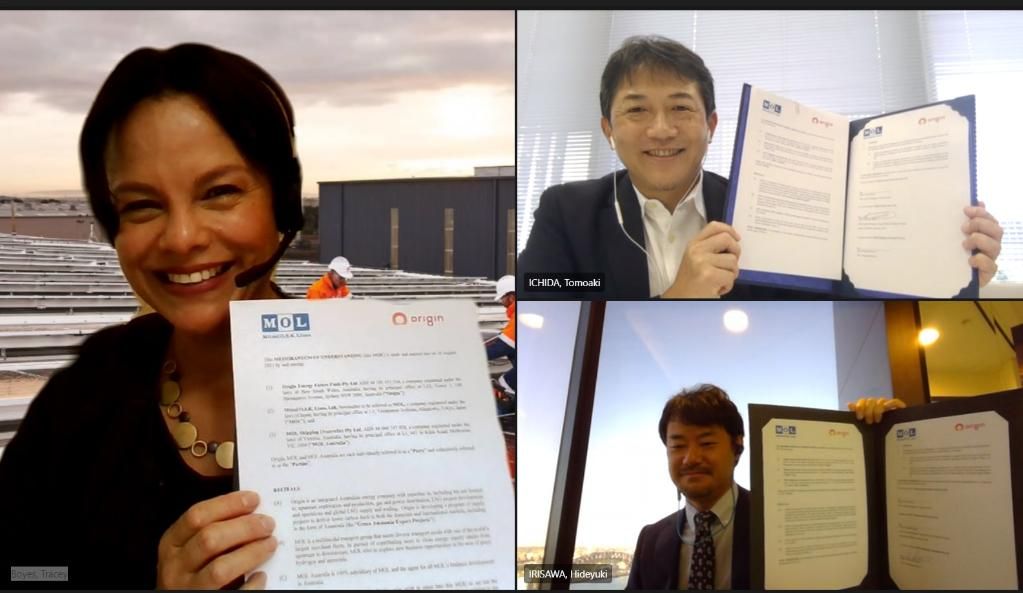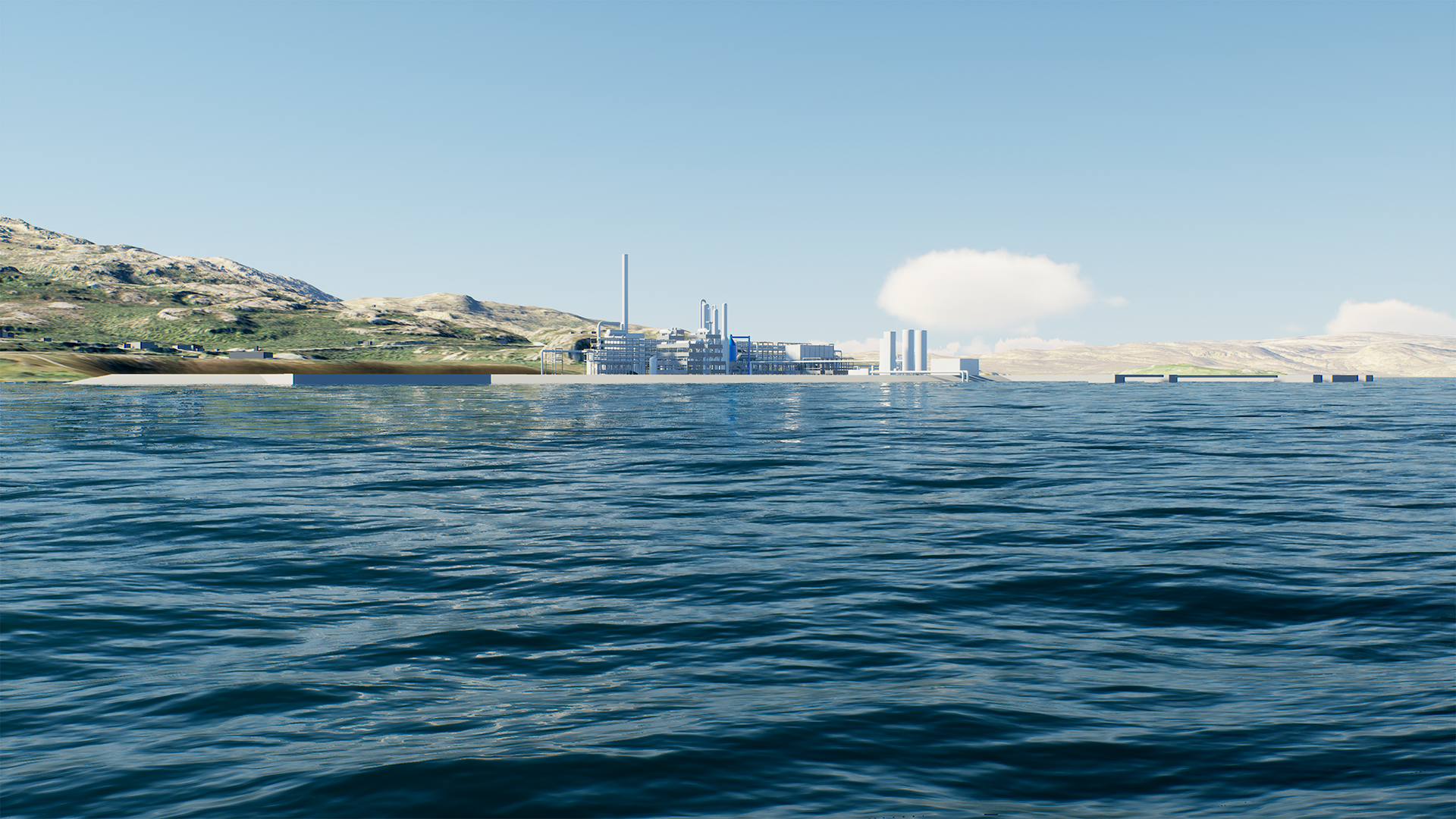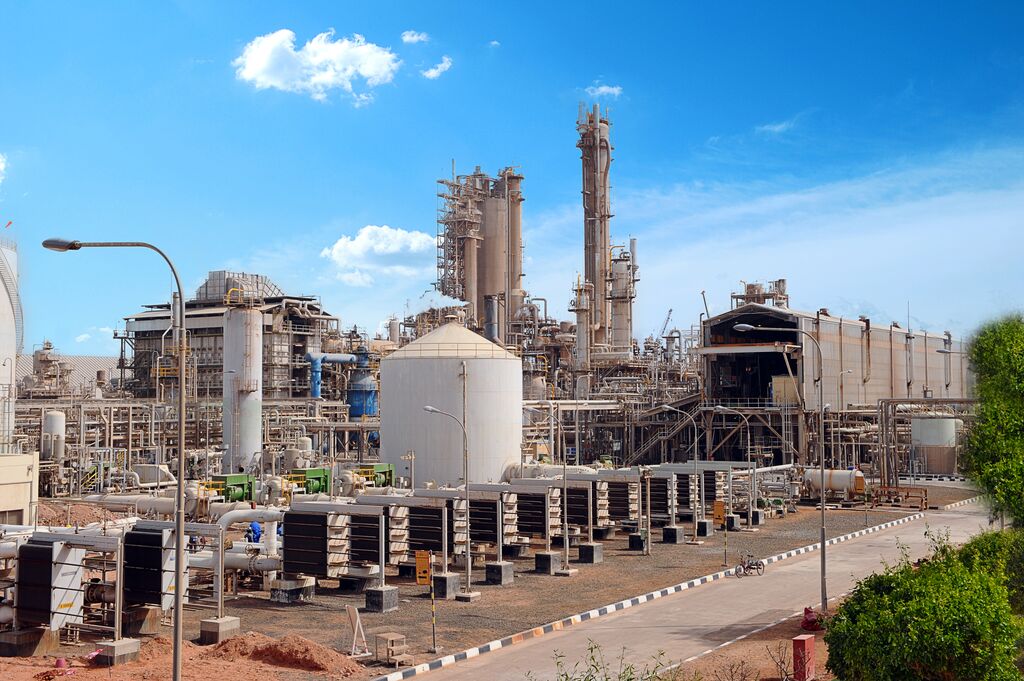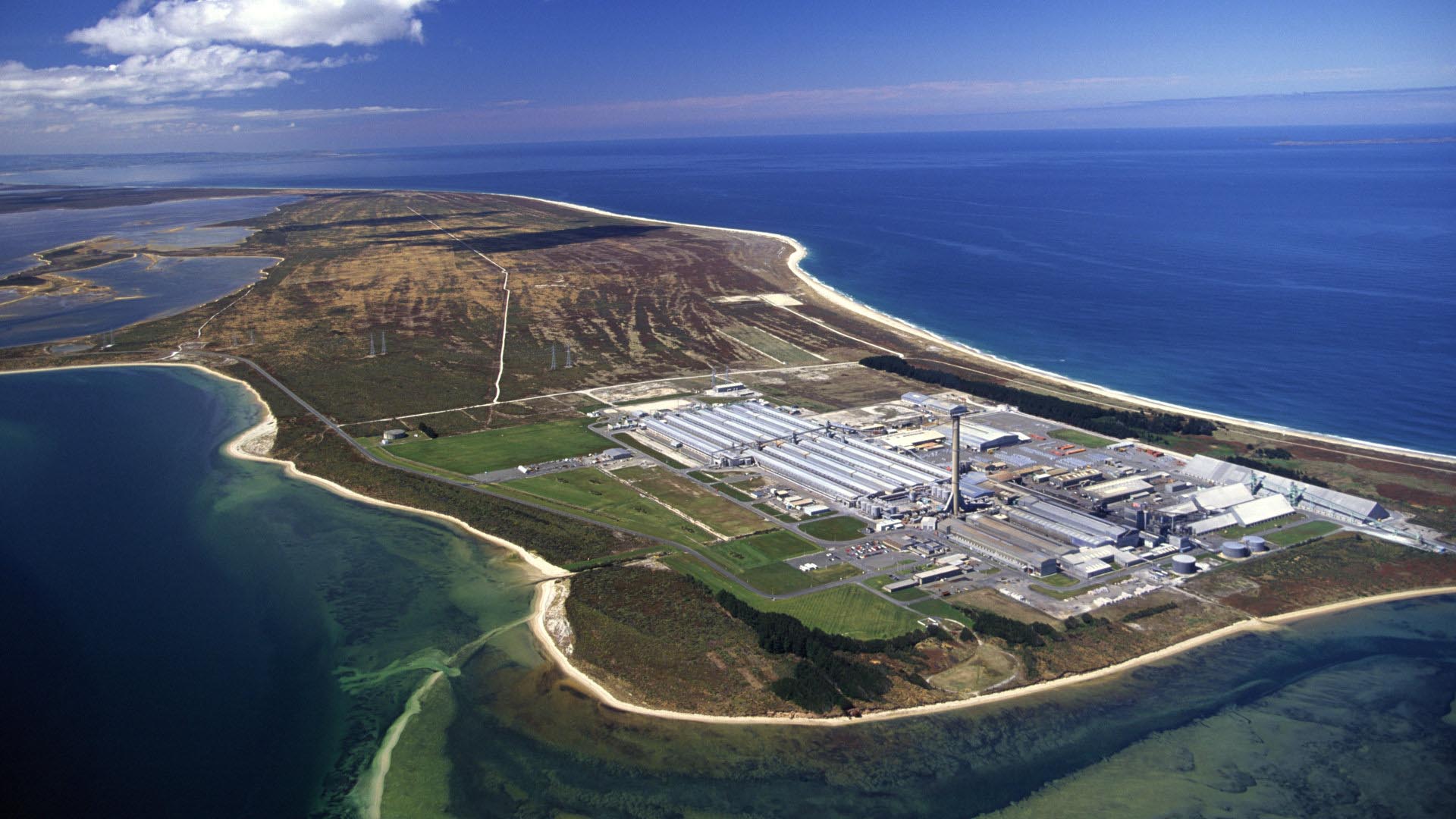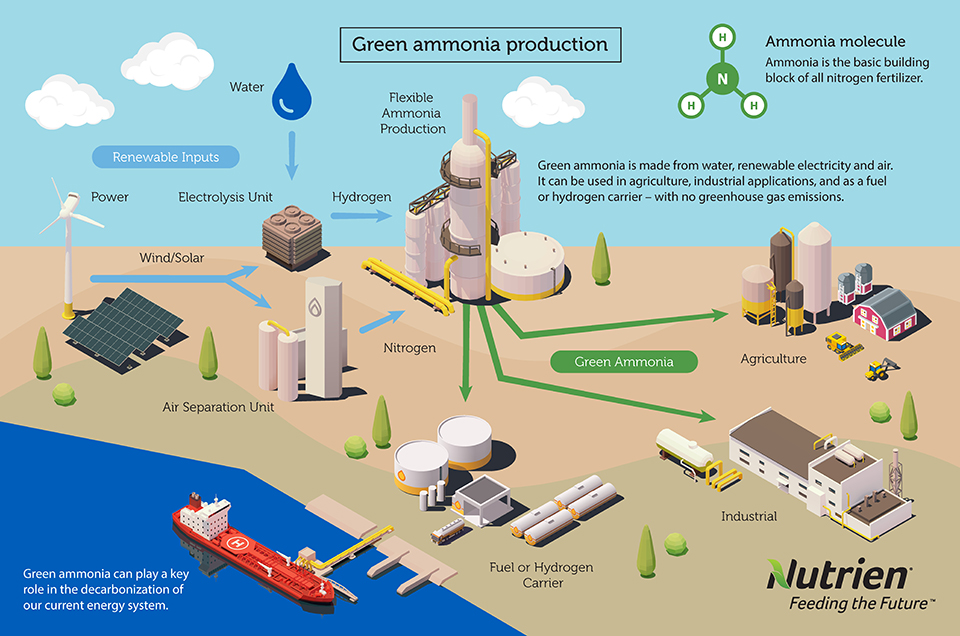India launches its National Hydrogen Mission
In a national address, Prime Minister Narendra Modi announced that the new National Hydrogen Mission would be a key pillar of his government's plan for India to achieve energy independence within 25 years. The plan would mean would mean India produces around 1.3 million tonnes of green ammonia by the end of the decade, requiring several GW of dedicated electrolysers to supply the necessary green hydrogen.


